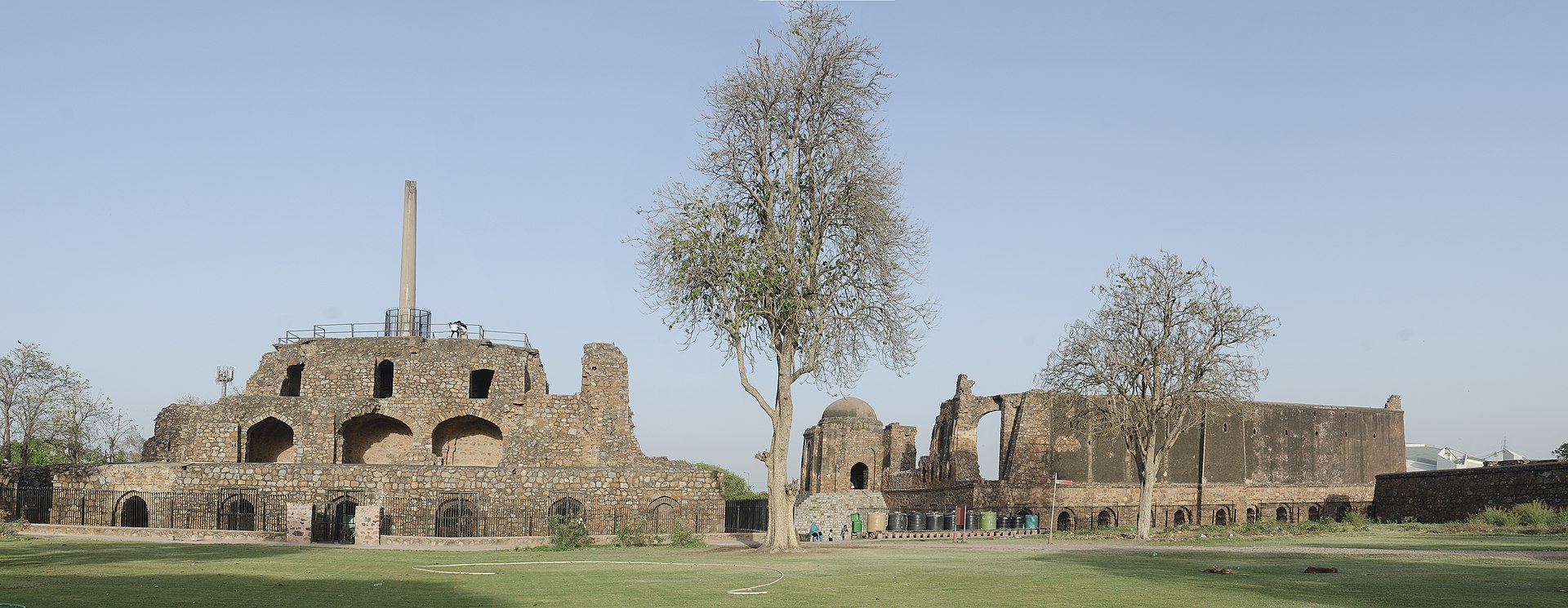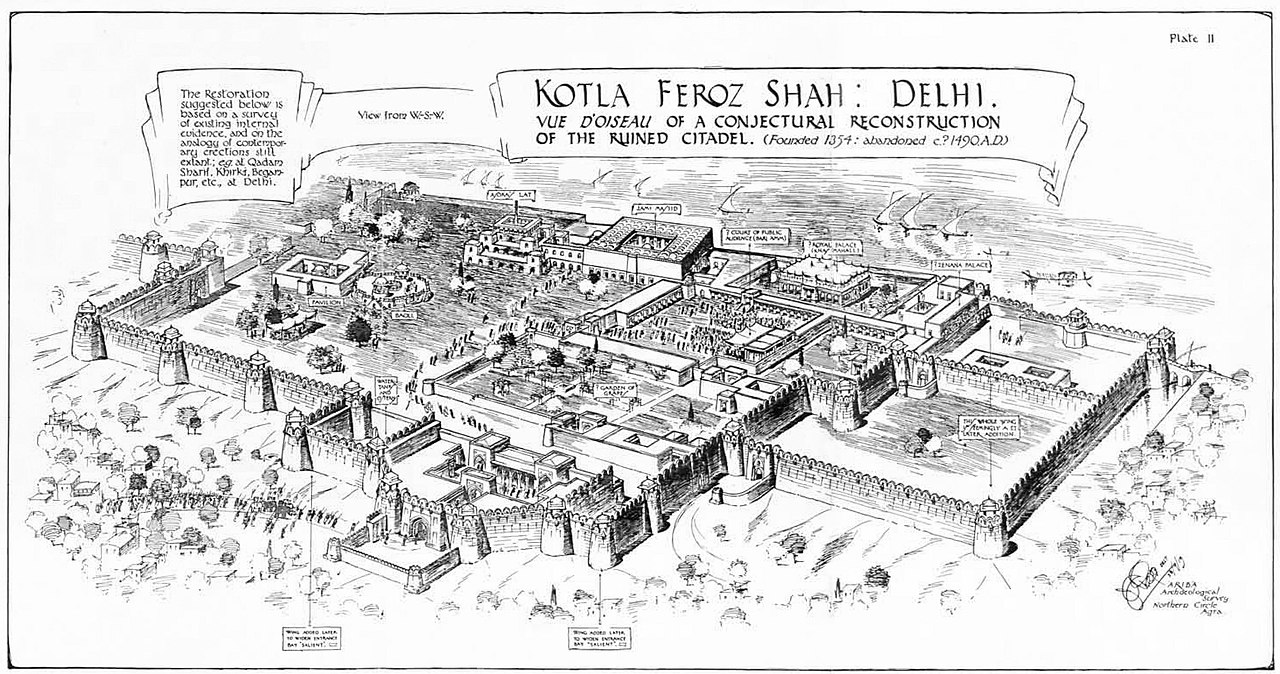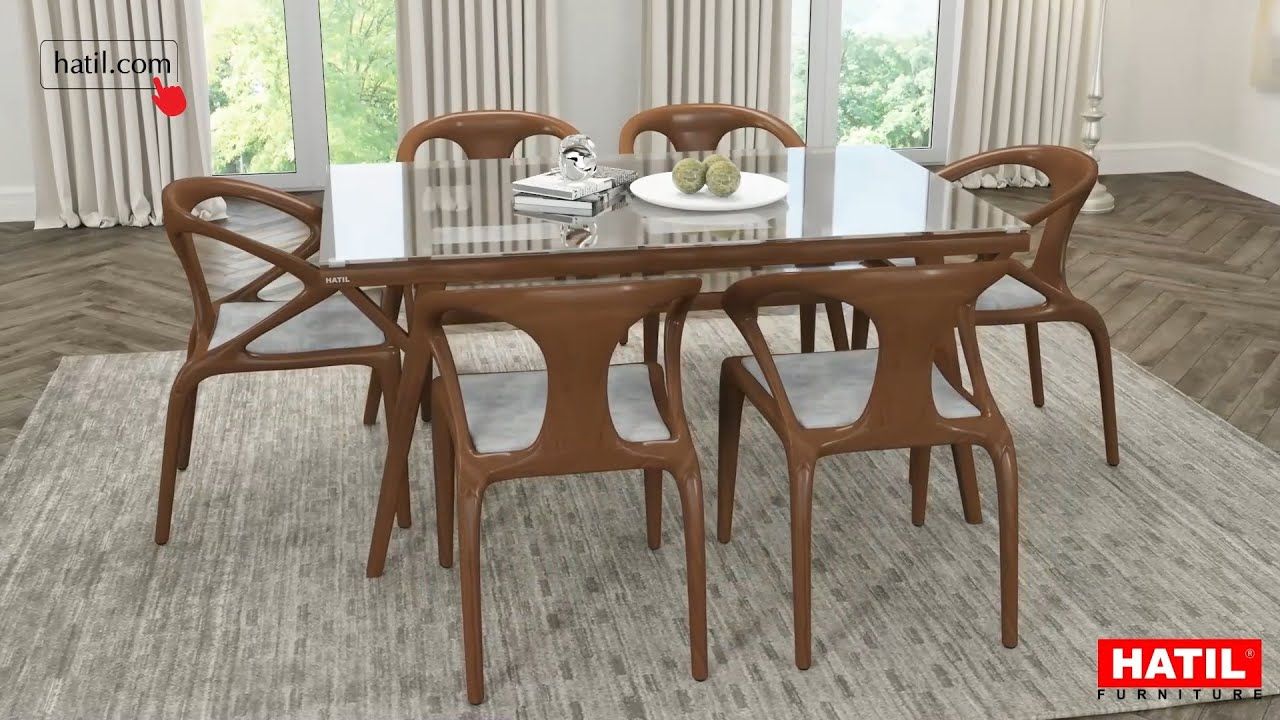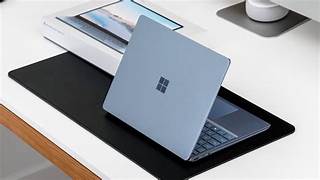The Feroz Shah Kotla or Kotla (“fortress”, “citadel”) was a fortress built circa 1354 by Feroz Shah Tughlaq to house his version of Delhi city called Firozabad.
A pristine polished sandstone Topra Ashokan pillar from the 3rd century BC rises from the palace’s crumbling remains, one of many pillars of Ashoka left by the Mauryan emperor; it was moved from Topra Kalan in Pong Ghati of Yamunanagar district in Haryana to Delhi under orders of Firoz Shah Tughlaq of Delhi Sultanate, and re-erected in its present location in 1356. The original inscription on the obelisk is primarily in Brahmi script but language was Prakrit, with some Pali and Sanskrit added later. The inscription was successfully translated in 1837 by James Prinsep. This and other ancient lats (pillars, obelisk) have earned Firoz Shah Tughlaq and Delhi Sultanate fame for its architectural patronage.
Other than the Ashokan Pillar, the Fort complex also houses the Jami Masjid (Mosque), a Baoli and a large garden complex.
History
Feroz Shah Tughlaq (r. 1351–1388), the Sultan of Delhi, established the fortified city of Firozabad in 1354, as the new capital of the Delhi Sultanate, and included in it the site of the present Feroz Shah Kotla. Kotla literally means fortress or citadel. The pillar, also called obelisk or Lat is an Ashoka Column, attributed to Mauryan ruler Ashoka. The 13.1 meters high column, made of polished sandstone and dating from the 3rd century BC, was brought from Ambala in the 14th century under orders of Feroz Shah. It was installed on a three-tiered arcaded pavilion near the congregational mosque, inside the Sultanate’s fort. In centuries that followed, much of the structure and buildings near it were destroyed as subsequent rulers dismantled them and reused the spolia as building materials.
In the pre-independence era, due to lack of auditoriums in the capital, most classical music performances were staged here or at Qutub complex. Later Ebrahim Alkazi, then head of NSD, staged his landmark production of Dharamvir Bharati’s Andha Yug here and its premiere in 1964 was attended by Prime Minister Jawaharlal Nehru.

















Reviews
There are no reviews yet